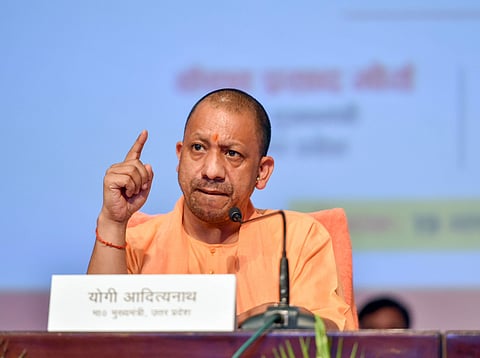

According to the Union Ministry of Home Affairs' Disaster Scorecard for States and Union Territories of India Report, Uttar Pradesh (UP) has the highest Child Vulnerability Index, with a score of 4.61, states an IANS report.
According to the report, Bihar (4.54), Rajasthan (4.49), Madhya Pradesh (4.48), Andhra Pradesh (4.37), Assam (4.27), Odisha (4. 21) and Chhattisgarh (4.00) are the next states in order.
Additionally, UP has a high catastrophe risk rating, but a low disaster resilience index.
What is the Disaster risk index?
The disaster risk index refers to the typical risk of fatalities in a certain area due to large or medium-scale disasters like earthquakes, tropical cyclones and floods. It was created using meteorological information collected between 1980 and 2000. On the count, UP is one of the top three states in India.
The disaster resilience index is based on the ability of communities to prepare for, deal with, and recover from natural hazard events as well as their capacity to grow more resilient.
Uttar Pradesh stands at number 20 among Indian states in terms of disaster resilience. These findings were discussed during a dialogue on climate change and children organised by UNICEF and the Department of Environment as part of the lead-up to World Environment Day.
Children are more vulnerable
Experts at the event emphasised that children are the primary victims of natural disasters. The child vulnerability index takes into account factors such as the population and age group of children, the number of out-of-school children, and the infant mortality rate, among other things.
As per the IANS report, Nagendra Singh, a specialist in Water, Sanitation, and Hygiene (WASH), said, "Children are more vulnerable than adults to environmental changes due to reasons like small physical size; physiological and cognitive immaturity; dependence on caregivers for safety and protection."
Furthermore, he added that children are more likely to be exposed to environmental hazards and can experience severe infections and complications during recovery due to their less developed immune systems.
Ritwik Patra, an education specialist, also pointed out that children are more often pulled out of school to help support their families whenever there is drought or flood.
He also introduced the concept of green schools, which aim to instil environmental sensitivity, promote environmental sustainability by encouraging judicious use of resources, cutting down risk factors and preparing children for calamities. The experts emphasised that children have the potential to be agents of change and that climate was one area which will decide the way they live in future.
